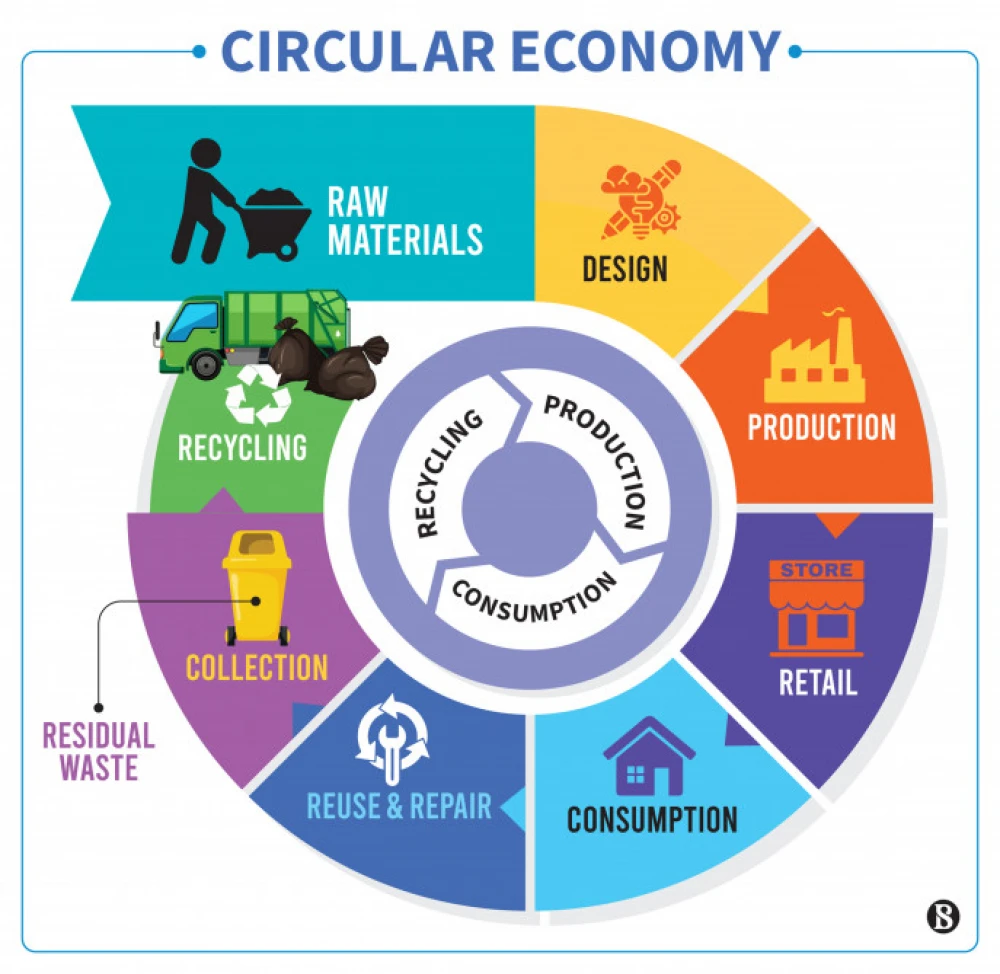
09/03/2024
1113
ECONOMICS AS A POTENT TOOL FOR CLIMATE CHANGE
Economics is the study of decision-making by various agents, such as consumers, firms, government agencies, and non-profit organizations like environmental advocacy groups. One of the primary objectives of economics is to comprehend the factors that drive specific decisions. This understanding is crucial for predicting the decisions that agents will make in specific circumstances. While many economists aspire to secure lucrative positions at esteemed companies, an increasing number are opting to utilize their expertise not for tracking inflation or interest rate, but for the preservation of natural resources. These individuals, known as "green economists" or environmental economists, leverage economic principles to encourage companies to address pollution issues and promote the conservation of natural environment.
Environmental economics focuses on analyzing the decisions made by agents that have environmental implications and devising strategies to influence these decisions in order to achieve environmental preservation objectives. The generation of waste as a byproduct of consumption and production activities is an inevitable outcome, dictated by the fundamental laws of thermodynamics.
Environmental economics emerged in the 1960s in response to the escalating pollution levels and the growing awareness among the public in Western nations regarding the significance of the environment to our survival. It was not until the 1990 amendment to the Clean Air Act, however, that many environmentalists began to take economics seriously. This amendment introduced a system of tradable allowances for acid rain, a program advocated by Environmental Defense. According to this law, facilities that can reduce their emissions more efficiently have the option to sell their allowances to heavier polluters. The program has successfully surpassed its objective of cutting acid rain levels by half compared to 1980, serving as proof that markets can contribute to achieving environmental objectives.
The economic theory of environmental policy is rooted in the concept of "externality", which refers to the direct or physical impact of one economic agent's decision on the utility or production of another agent that occurs outside the market and is not compensated for. Externalities indicate that individuals lack full control over the factors that influence their production or utility levels. Environmental economics focuses on negative environmental externalities, such as the adverse physical effects of environmental pollution, resource depletion, or other forms of environmental disruption caused by human activities.
Environmental economists argue that in the presence of negative externalities, market outcomes are inefficient because the costs of environmental degradation are not fully accounted for by the polluting agents. This leads to overproduction and overconsumption of goods and services that harm the environment, as the true costs of these activities are not reflected in market prices. To address this market failure, environmental policies such as pollution taxes, cap-and-trade systems, and regulations are implemented to internalize the external costs and incentivize businesses and individuals to reduce their negative impact on the environment. By incorporating the environmental costs into decision-making processes, environmental policies aim to promote sustainable development and ensure the well-being of current and future generations.
The concept of a circular economy is a fundamental model within the realm of environmental economics and has gained significant attention in recent years as a sustainable alternative to the traditional linear economic model. At the core of the circular economy are principles that guide the transition towards a more sustainable and efficient way of managing raw materials.
Market agents engage in the production and consumption of goods, inevitably leading to the generation of waste. The circular economy model places a strong emphasis on sharing, leasing, reusing, repairing, refurbishing, and recycling existing materials and products for as long as possible. This strategy aims to extend the life cycle of products and minimize waste generation. When a product reaches the end of its life, its materials are retained within the economy through recycling, allowing for their continued productive use and the creation of additional value. This shift towards a circular economy marks a departure from the traditional linear economic model, which follows a take-make-consume-throw away pattern. The linear model relies heavily on the consumption of large quantities of cheap and easily accessible materials. However, by transitioning to a circular economy model, we can effectively manage waste and promote sustainable development.
Transitioning to a circular economy requires a concerted effort from businesses, governments, and consumers alike. One of the key challenges hindering the transition to a circular economy is the lack of awareness among businesses and consumers. From a business side, product designers play a crucial role in ensuring that products are built to last and can be easily disassembled for repair, reuse, or recycling. By prioritizing durability and recyclability in design, we can prolong the life cycle of products and minimize waste. Consumers can contribute to the success of a circular economy by prioritizing durable, repairable, and recyclable products when making purchasing decisions.
Nazar MEREDOV,
Lecturer of the Faculty of International Economic Relations of the
Institute of International Relations of the
Ministry of Foreign Affairs of Turkmenistan.
Latest News

18/12/2025
Turkmenistan – Japan Strategic Partnership
17/12/2025
Bitarap Watanymyzyň üstünlikleri